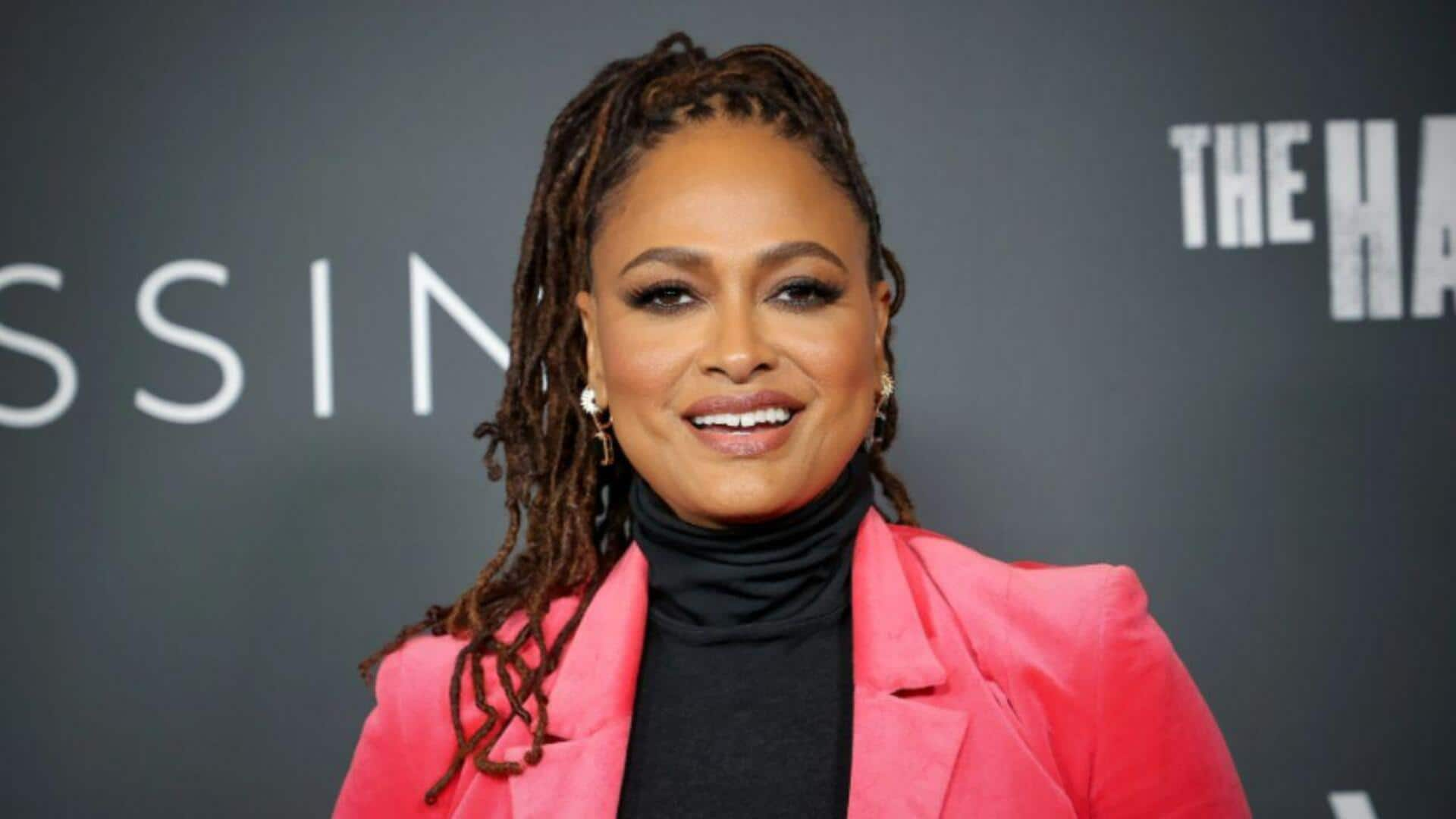
Why Ava DuVernay's vision is shaping the future of films
What's the story
Ava DuVernay has emerged as a key player in Hollywood, with her dedication to telling inclusive stories. Her work defies the norm and puts diverse voices at the center. By telling stories that encompass a multitude of experiences, she has transformed the way audiences consume film and television. Here's how DuVernay's vision is changing the landscape of the industry with innovative methods and path-breaking projects.
Historical insight
'Selma' and historical narratives
DuVernay's film Selma redefined the way history is told by focusing on the human elements of the most important events. The film showcased personal struggles within the larger civil rights movement, providing a new angle that struck a chord with the audience. By stressing character-driven stories, DuVernay gave an intimate look at history, prompting the viewers to feel for the past.
Casting innovation
Inclusive casting choices
DuVernay is also known for her inclusive casting choices, making sure to get representation from all walks of life. Not only does this give a platform to underrepresented actors, but it also adds depth to storytelling by making it reflective of the world we live in. This practice breaks industry norms and paves the way for future productions to follow suit in being inclusive.
Social justice focus
'When They See Us' and social justice themes
In When They See Us, DuVernay tackled social justice themes head-on by depicting real-life injustices faced by marginalized communities. The series brought attention to systemic issues within the justice system, sparking conversations about reform and accountability. Through powerful storytelling, Duvernay highlighted the importance of addressing societal challenges through media.
Behind-the-scenes impact
Expanding opportunities behind the camera
Beyond her work in front of the camera, DuVernay actively creates opportunities behind it as well. She champions initiatives supporting women and people of color in filmmaking roles like directing, producing, and writing. By fostering an inclusive environment behind the scenes, she contributes to a more equitable industry landscape where diverse voices can thrive creatively.